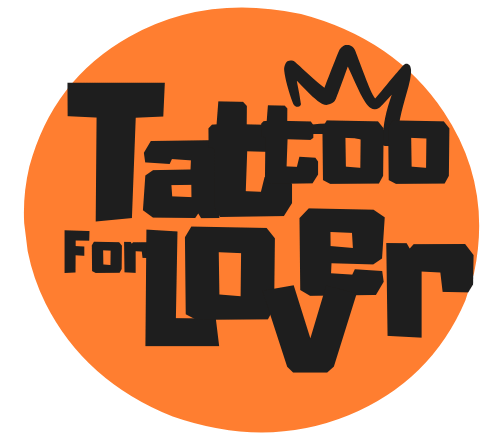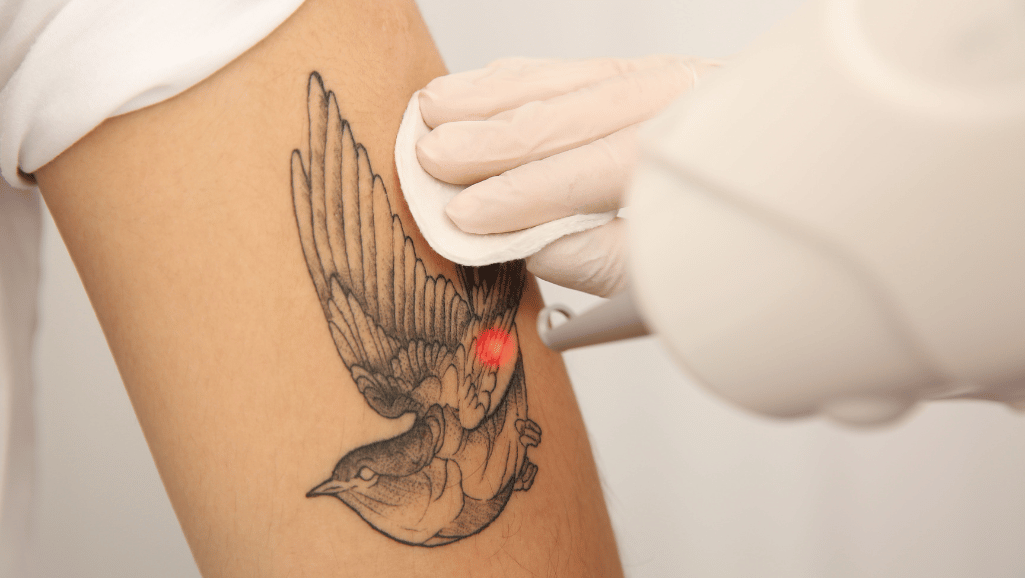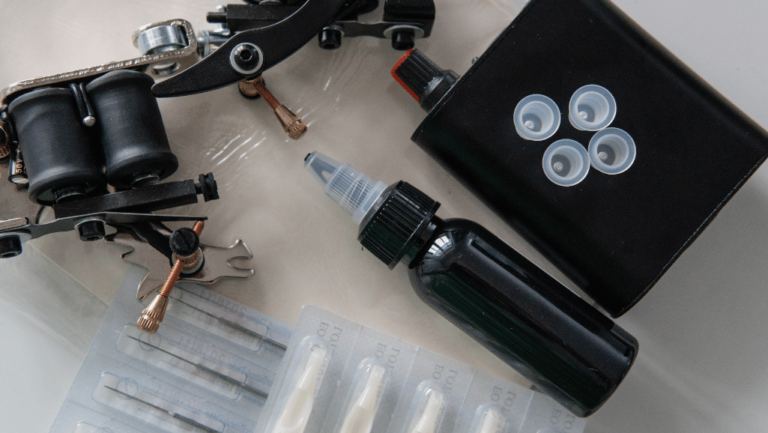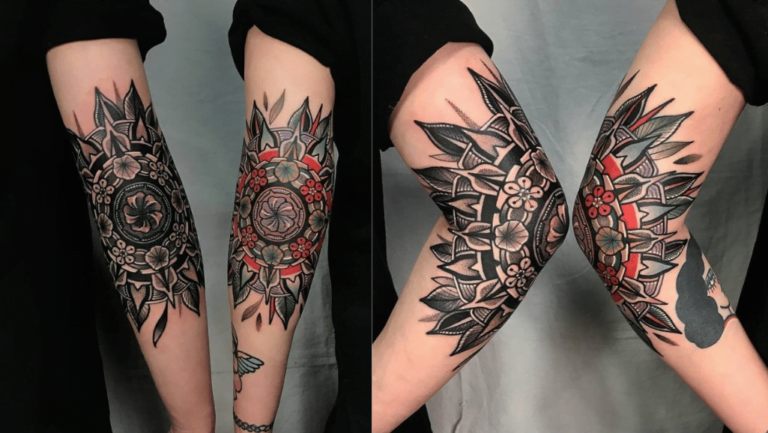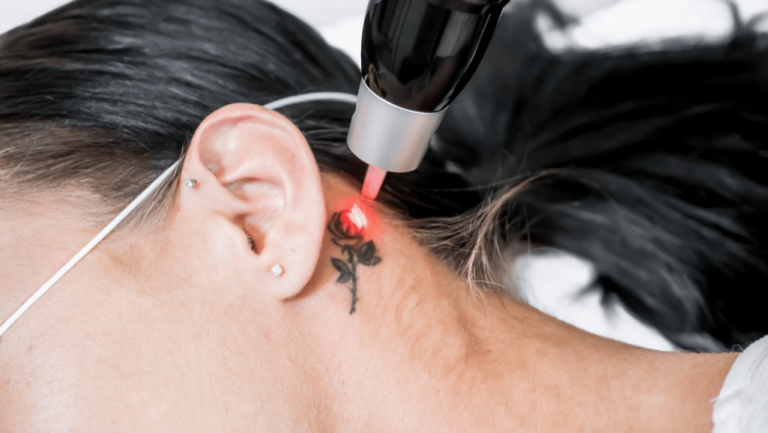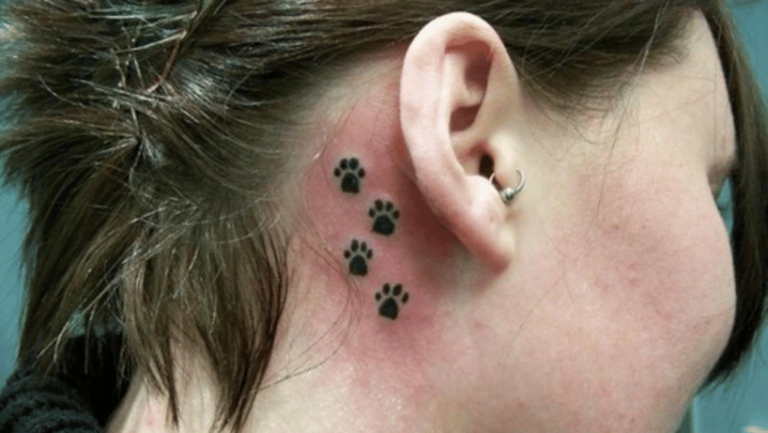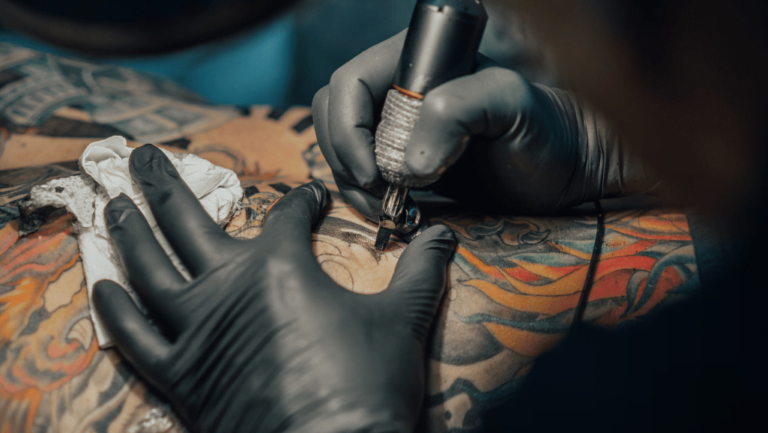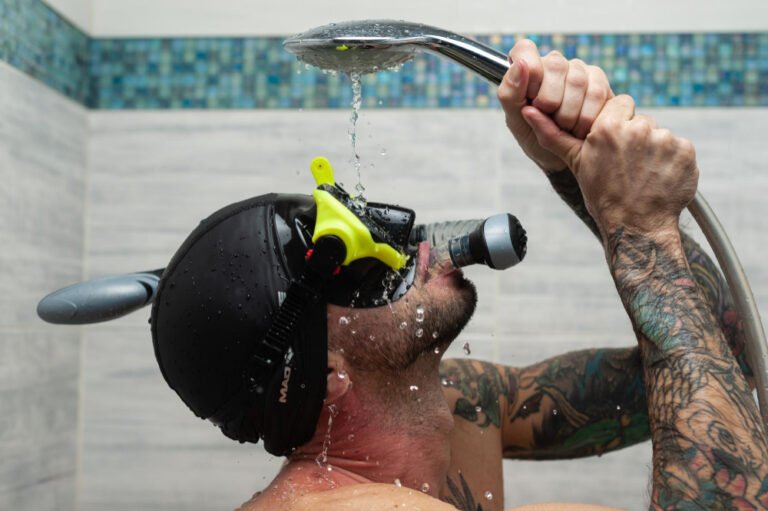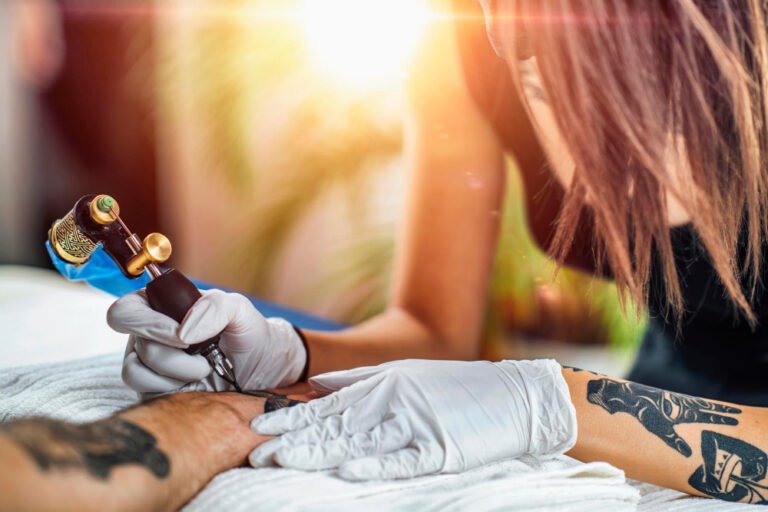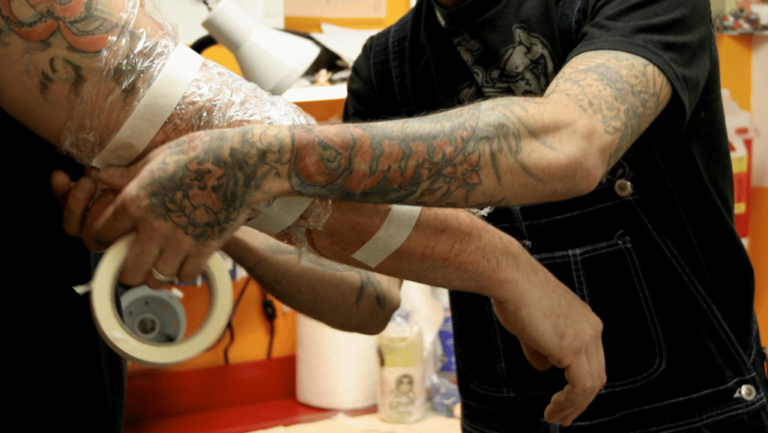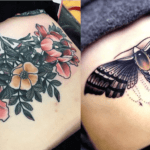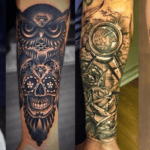Getting a small tattoo is a popular choice for many individuals. However, it’s essential to have a clear understanding of the time investment required for the tattooing process. Based on various sources, including Reddit discussions, insights from tattoo artists Dillon Forte and Johnny Dagger, and general knowledge about tattoos, we can provide a comprehensive guide on the average time it takes to complete a small tattoo.
Key Takeaways:
- The duration of a small tattoo session can vary based on several factors.
- Pain tolerance, tattoo style, and level of detail can influence the time needed to complete a small tattoo.
- The size and placement of the tattoo also play a role in determining the overall timeframe.
- On average, a small, simple quarter-sized tattoo can take approximately one hour to complete.
- Discussing the expected duration with the tattoo artist beforehand is crucial for proper scheduling.
When it comes to getting a small tattoo, it’s important to consider various factors that can affect the timeframe. In the following sections, we’ll delve deeper into these factors and provide insights to help you plan your small tattoo journey.
Factors Affecting Tattooing Time
Several factors influence the duration of a small tattoo session. These factors include pain tolerance, organization and scheduling, client’s nerves and curiosity, budget, tattoo style, level of detail, amount of color, tattoo size, tattoo placement, and artist preference.
Pain tolerance plays a role in determining the length of a tattoo session. Clients with higher pain tolerance can endure longer periods without breaks, resulting in shorter overall session times.
The tattoo style and level of detail also affect the time needed for completion. Intricate designs or those with a high level of detail require more time to ensure precision and accuracy. Additionally, color tattoos take longer to complete compared to black and gray tattoos due to the blending of multiple colors.
The size and placement of the tattoo on the body are significant factors. Naturally, larger tattoos require more time to complete, and the location on the body can affect the duration as well. Tattooing areas with more curves or sensitive skin may require additional time and care.
Organization and scheduling are crucial considerations for both the client and the artist. Efficient planning and clear communication ensure that adequate time is allocated for the tattooing process. It is important to allow enough time for breaks, adjustments, and any unexpected circumstances that may arise.
Clients’ nerves and curiosity can also impact the duration of the tattoo session. Some individuals may need more reassurance or breaks to feel comfortable throughout the process. Additionally, curious clients may ask questions or request additional information, which can extend the session duration.
Budgetary constraints can also affect the overall time spent on a tattoo. Limited funds may require clients to opt for a smaller-sized tattoo or prioritize certain design elements, which can influence the time needed for completion.
Lastly, each tattoo artist has their own techniques, pace, and workflow. Some artists may work faster or have a preferred method that affects the overall time required to complete a tattoo.
Considering these factors, it is crucial for both clients and artists to communicate openly and collaborate to ensure a successful tattooing experience.
| Factors Affecting Tattooing Time | Description |
|---|---|
| Pain Tolerance | Clients with higher pain tolerance can endure longer sessions, resulting in shorter overall session times. |
| Tattoo Style and Level of Detail | Intricate designs or those with a high level of detail require more time for precision and accuracy. Color tattoos also take longer due to color blending. |
| Tattoo Size and Placement | Larger tattoos naturally require more time to complete, and the location on the body can affect the duration. |
| Organization and Scheduling | Efficient planning and clear communication ensure adequate time allocation for the tattooing process. |
| Client’s Nerves and Curiosity | Nervous clients may need more reassurance or breaks, while curious clients may extend the session with questions. |
| Budget | Limited funds may require clients to opt for smaller-sized tattoos, affecting the overall time spent. |
| Artist Preference | Each artist has their own techniques and pace, which can influence the overall time required for a tattoo. |
Factors to Consider for Pain-Free Tattoo Sessions
Tattoos can be a painful experience, but there are several measures you can take to minimize pain and discomfort during your tattooing session:
- Apply a topical numbing cream or solution to desensitize the area before the session.
- Opt for pain-minimizing techniques, such as distracting yourself with music, focusing on deep breathing, or applying pressure to the surrounding area.
- Discuss pain tolerance and breaks with your tattoo artist to ensure a comfortable experience.
- Choose less painful areas of the body for tattoo placement, such as the upper arms, calves, or thighs.
- Stay hydrated and well-rested before your tattoo session to promote overall comfort.
Factors Affecting Tattoo Length
When considering the length of a small tattoo, it’s important to understand that it encompasses more than just the tattooing process itself. Several factors contribute to the overall duration of a tattoo, including the design process, scheduling the client into the artist’s calendar, and the healing process.
The design process is an essential step in creating a custom tattoo that fits the client’s vision and the artist’s unique style. This includes initial consultations, sketching, and revisions to ensure the final design captures the desired aesthetic. The time invested in the design process varies depending on the complexity of the design and the artist’s workload.
Fitting the client into the schedule is another factor that affects the length of a tattoo. Tattoo artists often have a busy schedule with other clients and commitments. Therefore, it may take some time to find an available slot that accommodates the client’s desired tattoo session. Additionally, artists may have waiting lists or specific booking periods, further delaying the start of the tattooing process.
The healing process is a crucial phase that must be considered when determining the overall length of a tattoo. After getting a tattoo, proper aftercare is necessary to ensure complete healing and maintain the tattoo’s appearance. The healing process typically takes several weeks to months, and during this time, the tattoo may require regular cleaning, moisturizing, and protection from direct sunlight.
By taking all these factors into account, both the client and the artist can better manage expectations regarding the length of the tattooing process. Effective communication and collaboration between the client and the artist are key to ensuring a smooth and satisfactory experience.
For a visual representation of the factors affecting tattoo length, refer to the table below:
| Factors | Description |
|---|---|
| Design Process | The time required to design and finalize the tattoo based on the client’s vision and the artist’s unique style. |
| Fitting the Client into the Schedule | The process of finding an available slot in the artist’s calendar that accommodates the client’s desired tattoo session. |
| Healing Process | The duration of time needed for the tattoo to completely heal, including post-tattoo aftercare and preservation. |
As depicted in the table and the image above, the design process, scheduling, and healing period are all integral aspects that contribute to the overall length of a small tattoo. Taking these factors into consideration allows both the client and the artist to better manage the tattooing process and ensure a successful outcome.
Estimated Time for Small Tattoos
The estimated time for completing a small tattoo varies depending on its size, complexity, and placement. On average, a small, simple quarter-sized tattoo can take approximately one hour to complete. This time frame allows for the artist to carefully craft the design and ensure precision in the tattooing process. However, it’s important to note that more intricate designs or tattoos in challenging locations may require additional time.
When discussing your small tattoo with the artist, it’s essential to communicate your expectations and vision. This conversation will help the artist gauge the estimated time required to complete your tattoo accurately. By having an open dialogue, you can ensure proper scheduling and avoid any surprises during the tattooing process.
Factors such as the intricacy of the design, the amount of detail, and the choice of colors can all impact the duration of the tattooing session. Additionally, the placement of the tattoo on your body may also influence the time it takes to complete. Tattoos on areas with more sensitive skin or complex contours may require extra care and attention, leading to a slightly longer session duration.
Remember that getting a tattoo is a collaborative process between you and the artist. By discussing your desired design, size, and placement, as well as addressing any concerns or questions you may have, the artist can provide a more accurate time estimate for your small tattoo.
| Tattoo Size | Level of Detail | Tattoo Placement | Expected Time |
|---|---|---|---|
| Quarter-sized or smaller | Simple design with minimal detailing | Less challenging locations (forearm, calf, upper back) | Around 1 hour |
| Small to medium-sized | Moderate detailing and shading | Intermediate locations (inner arm, outer thigh, shoulder) | 1-2 hours |
| Medium to large-sized | Complex design with intricate patterns | More challenging locations (rib cage, neck, lower back) | 2-4 hours or more |
Pain and Time Considerations
When considering getting a tattoo, it’s important to take into account the pain and time factors involved in the process. Pain tolerance plays a significant role in determining the duration of a tattoo session. Individuals with a higher pain tolerance can typically endure longer periods without breaks, resulting in shorter overall session durations.
However, the placement of the tattoo also plays a crucial role in the level of pain experienced. Some areas of the body, such as the ribs or torso, are more sensitive and may cause increased discomfort during the tattooing process. In such cases, it may be necessary to take more breaks or schedule multiple sessions to complete the tattoo.
Being mentally and physically prepared for the tattooing process is essential. Understanding that there may be some discomfort involved and mentally preparing oneself can help make the process more manageable. Additionally, staying hydrated before and during the tattoo session can help alleviate some discomfort.
Choosing less painful areas of the body for the tattoo placement can also contribute to a smoother and potentially quicker tattoo session. Areas with more muscle or fat, such as the upper arm or thigh, tend to be less painful compared to areas with thinner skin and closer proximity to bones, such as the wrist or ankle.
Overall, it’s crucial to consider both pain and time factors when getting a tattoo. By managing pain tolerance, being prepared, and selecting suitable tattoo placements, individuals can have a more comfortable and potentially quicker tattoo session.
Conclusion
In conclusion, the time investment for a small tattoo can vary based on several factors, including design complexity, tattoo size, pain tolerance, and artist preference. Small tattoos, on average, can be completed within one to a few hours. However, larger or more intricate designs may require multiple sessions to ensure proper execution.
It is crucial for individuals getting a tattoo to openly communicate with their chosen artist. discussing the estimated time frame and any concerns or expectations is important for a smooth tattooing process.
Additionally, individuals should be prepared for both the tattooing process and the subsequent healing period. By understanding these factors and following proper aftercare instructions, individuals can make informed decisions and ensure a positive tattoo experience.
FAQ
How long does a small tattoo take?
What factors can affect the duration of a tattoo session?
Are there other factors that affect the overall length of a small tattoo?
How long does it usually take to complete a small tattoo?
Does pain tolerance impact the time it takes to complete a tattoo?
Are there any considerations regarding pain and time when getting a tattoo?
In conclusion, what are the main factors to consider regarding the time investment for a small tattoo?
Forhad
Forhad's writing is not just about the artistry of tattoos or the latest trends in the industry; it's an exploration of the deep-rooted connections people have with their tattoos, reflecting personal narratives, cultural histories, and moments of transformation. Through a mix of in-depth features, personal narratives, and insightful analyses, he sheds light on the multifaceted nature of tattooing, revealing the emotional and cultural layers that lie beneath the surface.

